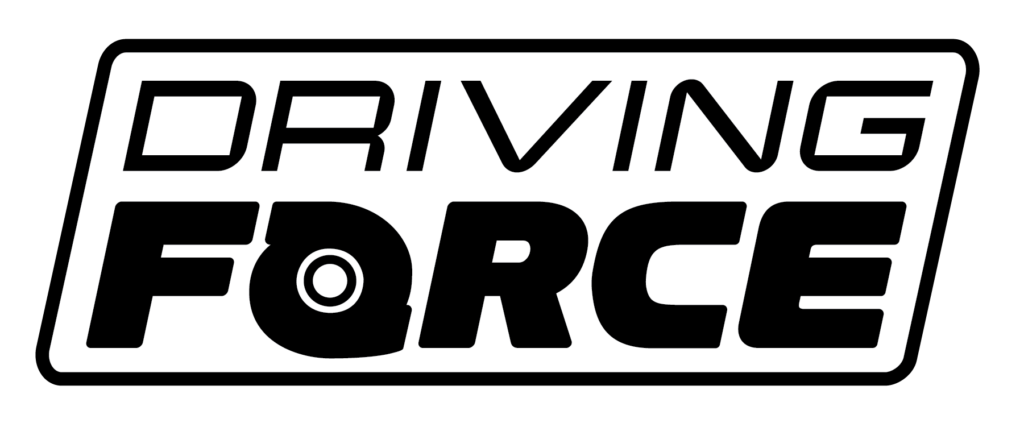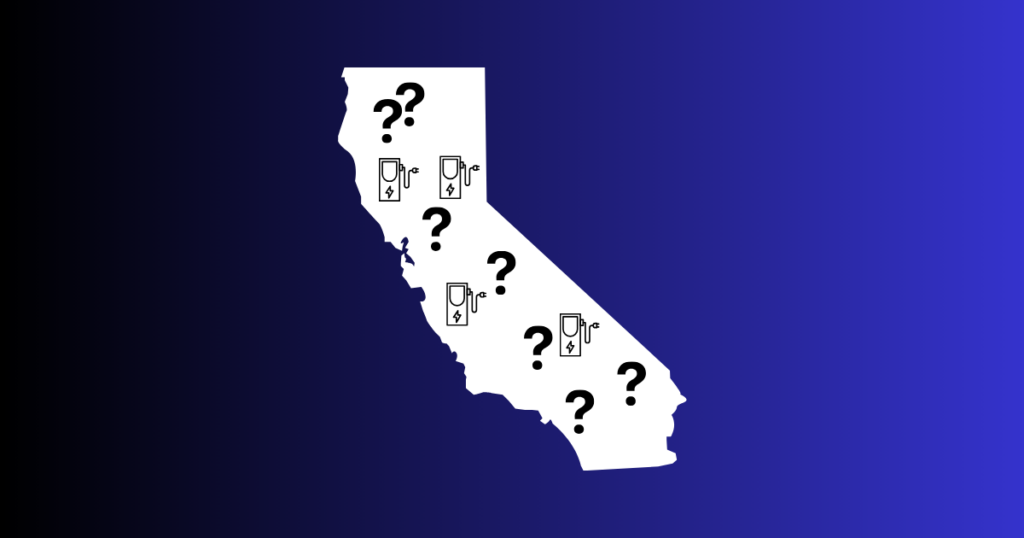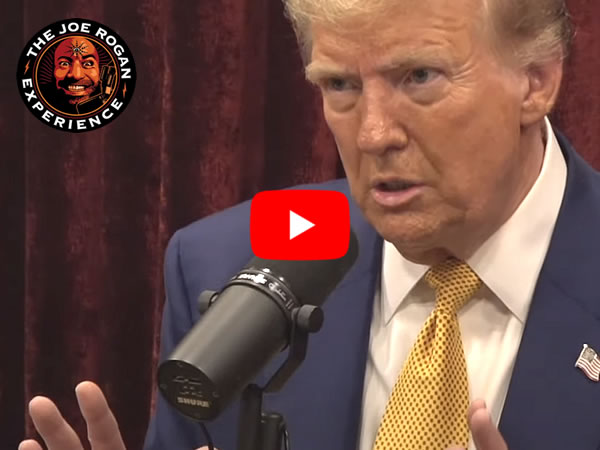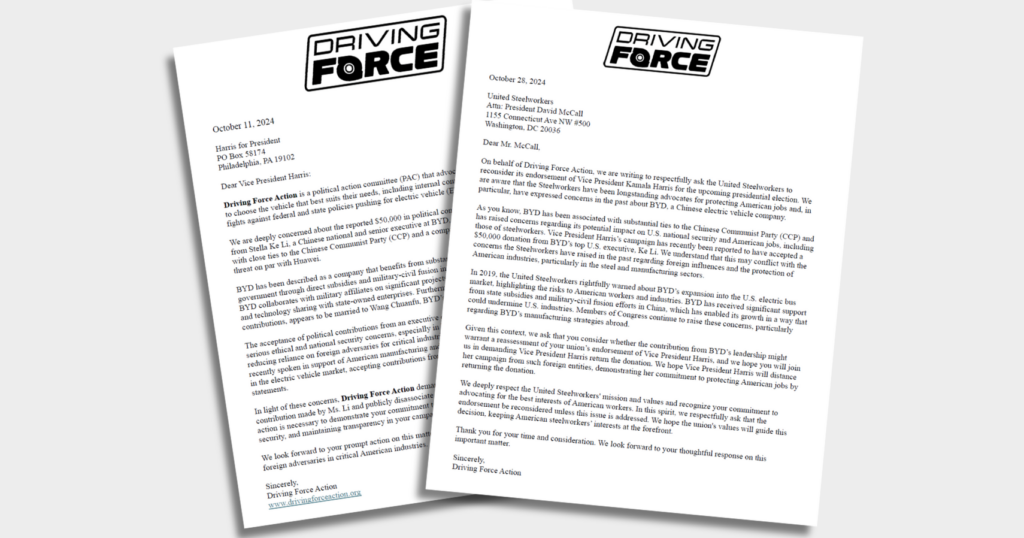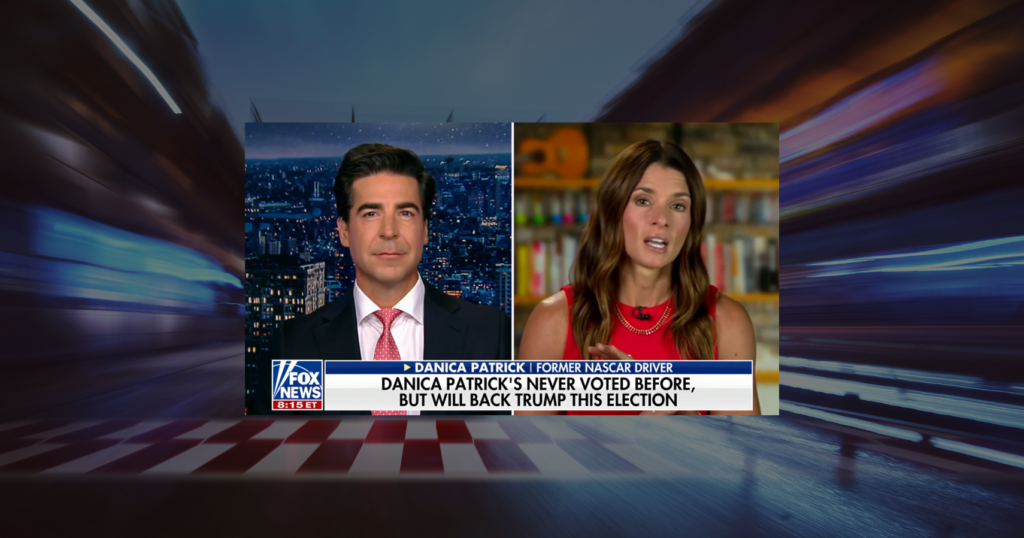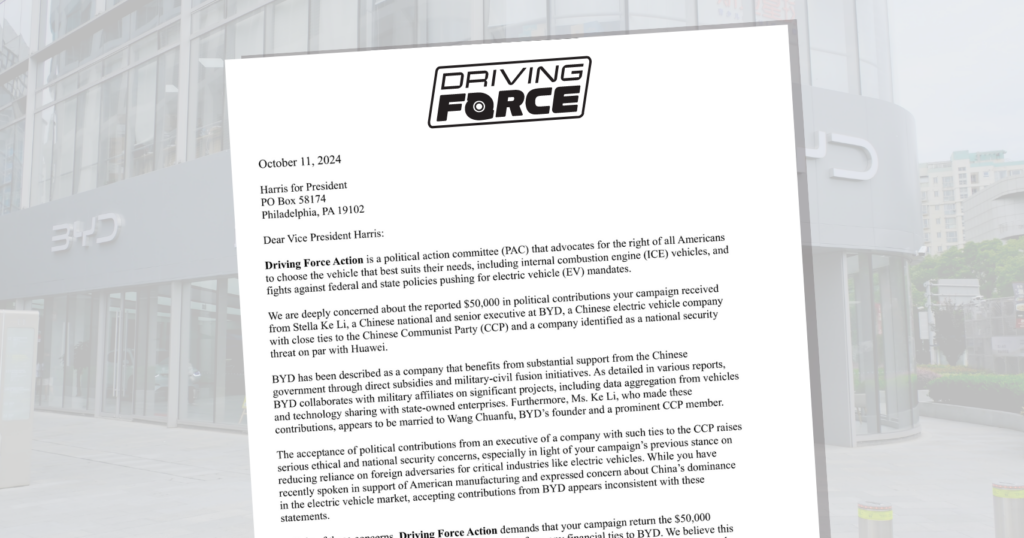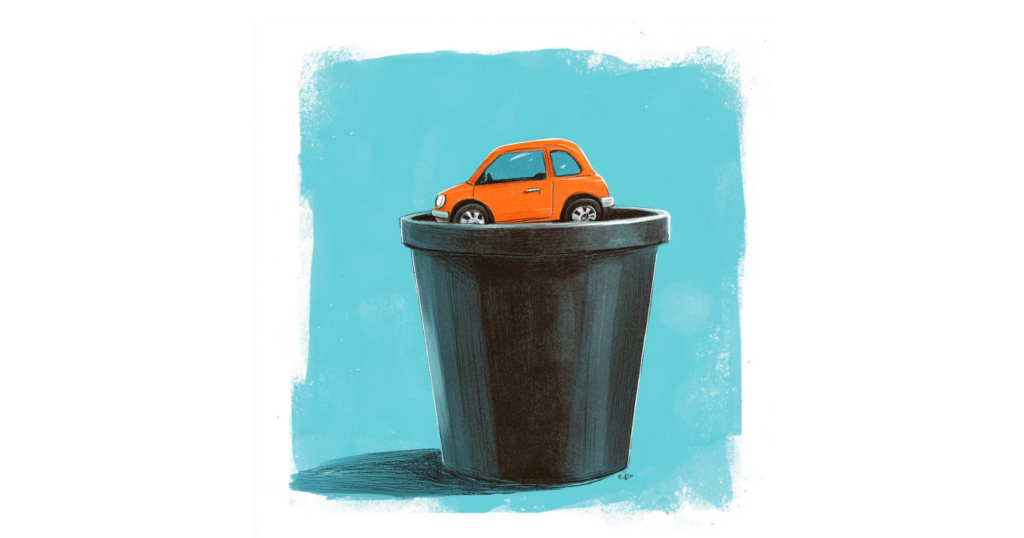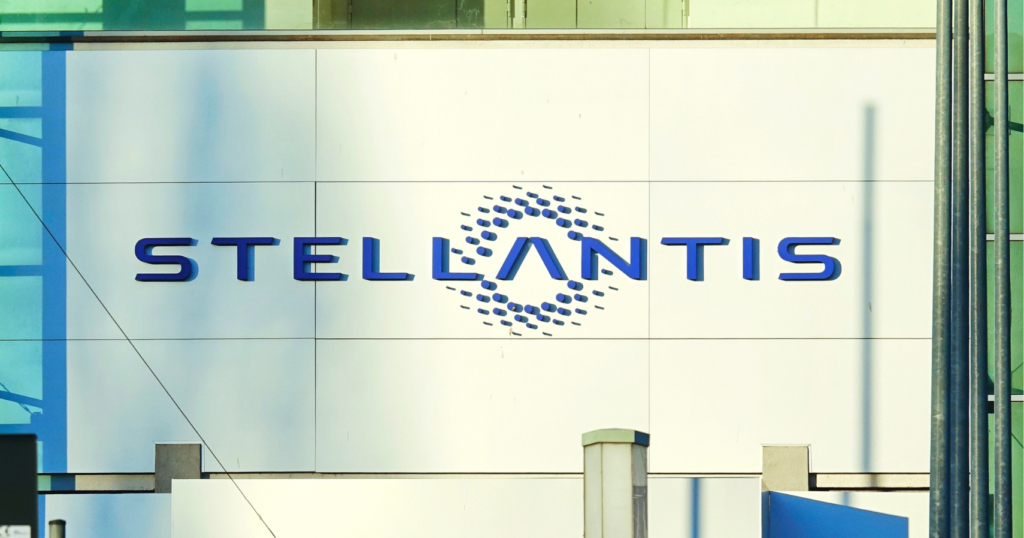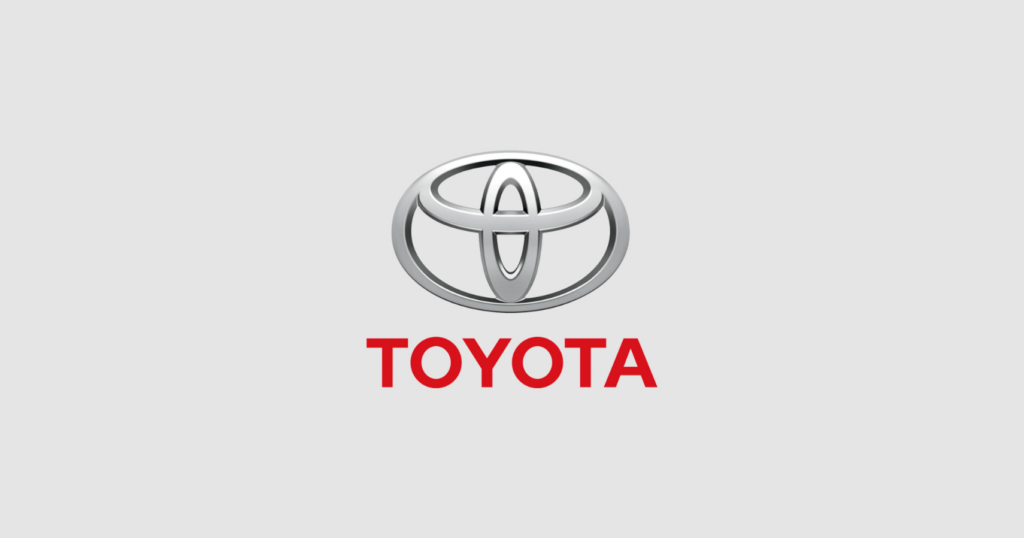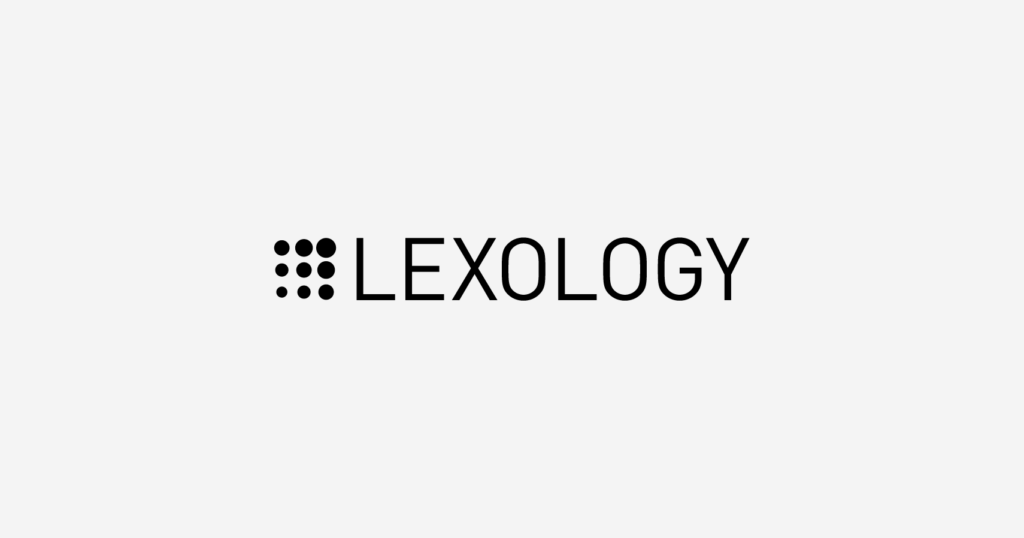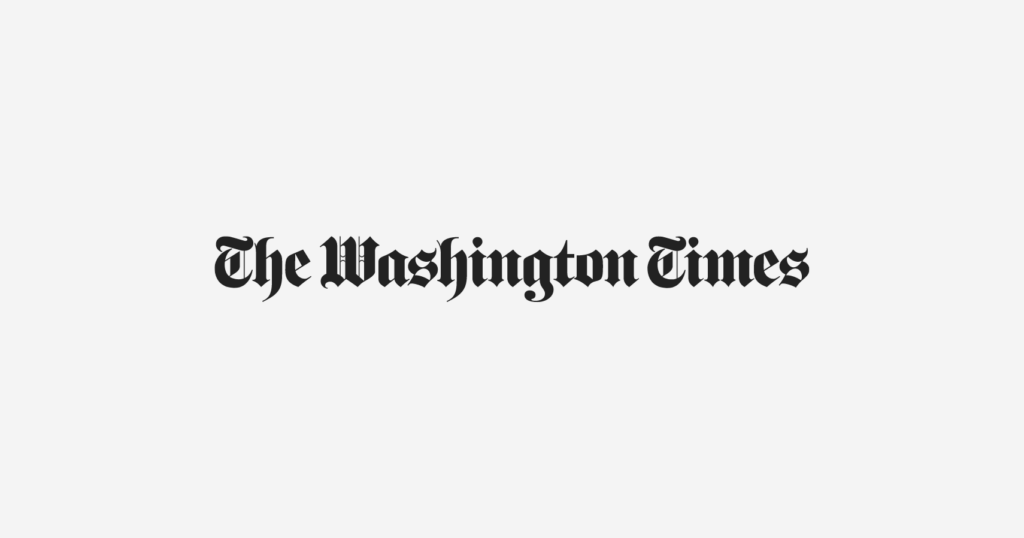California faces significant challenges in building the necessary EV charging infrastructure to meet its ambitious goals. The state needs to install a million public chargers by 2030, a pace that would require constructing 129,000 new stations annually, a rate that is over seven times the current build-out speed. This pace must then double to reach a target of 2.1 million chargers by 2035. The high cost of fast chargers, which can exceed $120,000 each, and the logistical complexities of permitting and grid upgrades are major obstacles. Despite California’s history of advancing clean energy initiatives, experts and lawmakers express concerns that the state will fall short of these targets, raising doubts about the feasibility of its electric vehicle (EV) mandate.
Further complicating the issue is the disparity in charging infrastructure across different regions, with rural and less affluent areas being particularly underserved. While California leads in EV sales and charger installations, the state still requires billions in public and private investments to bridge the gap. Current funding and efforts, including federal support and state programs, are seen as insufficient to meet the looming demand. Even with optimistic projections and advancements in fast-charging technology, the challenge remains daunting, highlighting the need for significant policy and institutional changes to support the rapid expansion of EV infrastructure.
